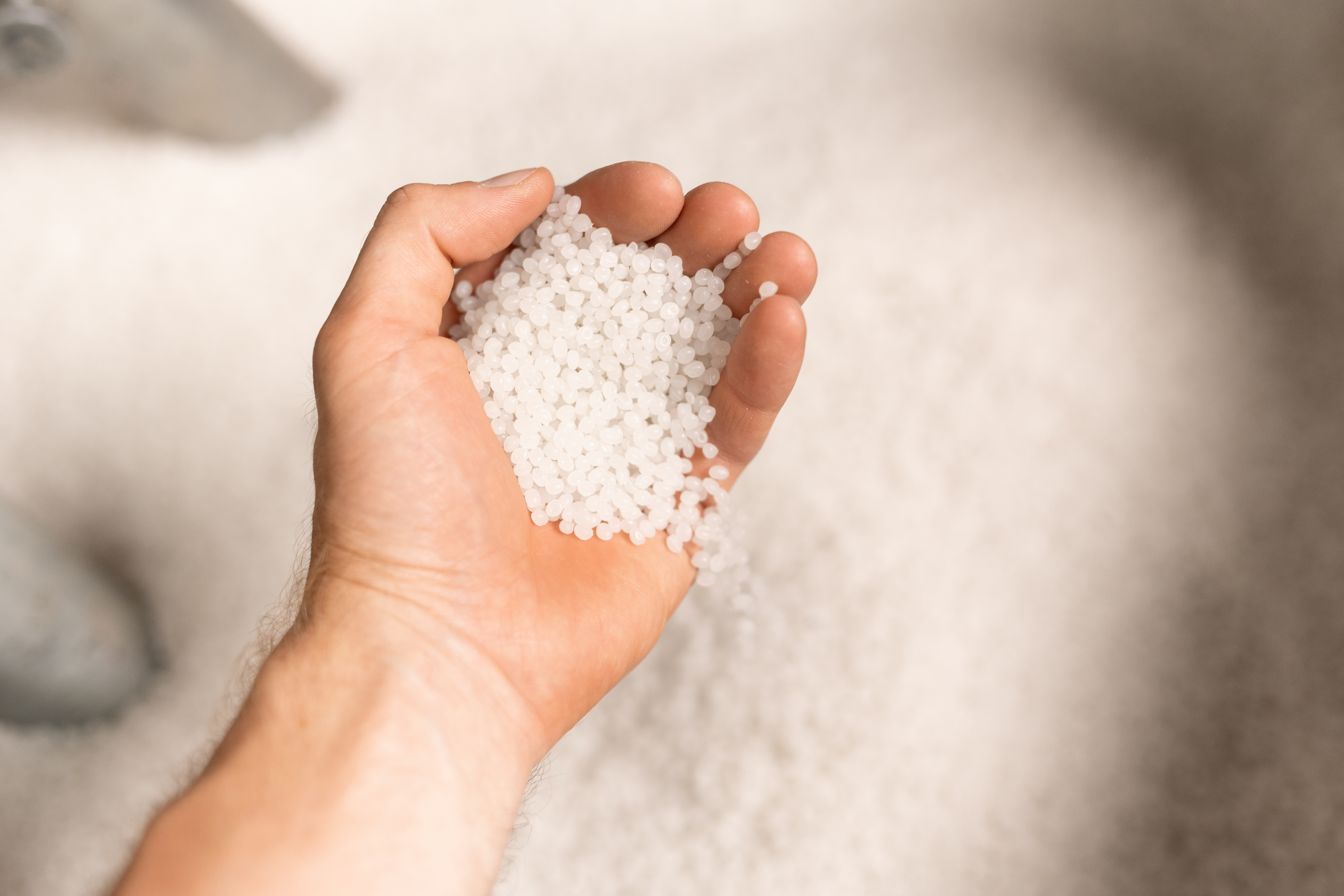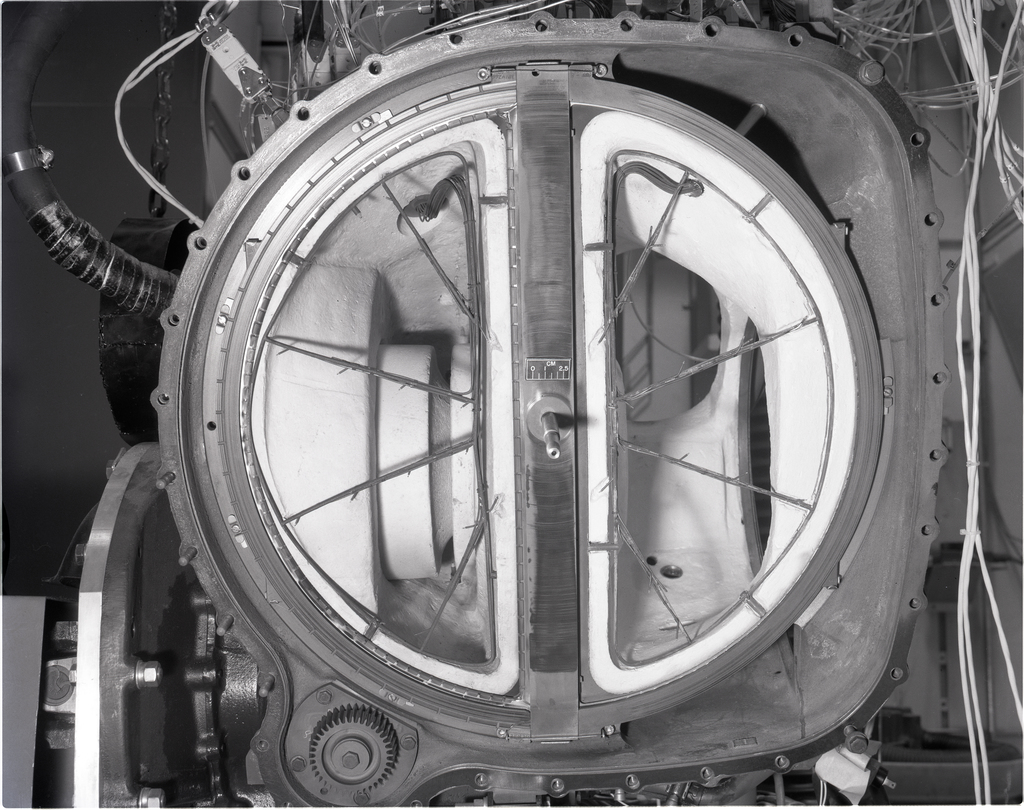
Image from AGC Chemicals
While the vast majority of people have never heard of fluoropolymers, they are everywhere in our lives. It is undeniable that because of their durability and versatility, this particular group of polymers is one of the most popular polymer materials to date. In this week’s blog post, we will explore this wonderful material, from its history to its uses.
What is a Fluoropolymer?
To start, let’s go over what a polymer is. A polymer is a material made of long, repeating chains of molecules. The materials have unique properties depending on the type of molecules being bonded.
A fluoropolymer is a fluorocarbon-based polymer with multiple carbon-fluorine bonds. It is characterized by high resistance to solvents, acids, and bases. The first, and best-known, fluoropolymer is polytetrafluoroethylene, also known as Teflon.
While Teflon is arguably the most famous fluoropolymer used today, it is certainly not the only one. Other popular fluoropolymers include:
- PTFE (Polytetrafluoroethylene)
- PFA (perfluoroalkoxy alkane)
- FEP (fluorinated ethylene propylene)
- ETFE (ethylene tetrafluoroethylene)
- PVDF (polyvinylidene fluoride)
- ECTFE (ethylene chlorotrifluoroethylene)
These may also be known by their brand names, including Excalibur, Algoflon, Xylan, Solef, and Fluon.
They also come in several different forms, making them well suited for several different applications. These forms include granulate, melt-processable, films, pastes, and dispersions.
Fluoropolymers are also used as a coating for products made of other materials. More on that later!
History of Fluoropolymers
While mineral fluorides were known as early as the 16th century, modern fluoropolymers were not discovered until the early 20th century. Fluoropolymers, as we know them, were first discovered in the form of polytetrafluoroethylene, better known by its brand name Teflon, or by its abbreviation PTFE.
It was discovered entirely by accident when in 1938, Roy J. Plunkett of Dupont accidentally froze a compressed sample of tetrafluoroethylene. This gaseous material became a white, waxy, and solid form that would, in 1945, become marketed as Teflon.
Since than, of course, other fluoropolymers have been introduced, such as:
- FEP in 1960
- EFTE in 1970
- PFA in 1972
In 1985, Dr. Plunket was introduced into the National Inventors’ Hall of Fame, where he joined the ranks of distinguished scientists and innovators such as Louis Pasteur and the Wright Brothers.
Benefits of Fluoropolymers
Fluoropolymers are a unique group of materials with many benefits that make them well suited for a variety of applications.
Chemical Resistant
Fluoropolymers have a very high resistance to chemicals and solvents. This allows them to be used to seal or contain hazardous materials.
Electrical Resistant
With the ability to insulate up to 5,000 volts, Fluoropolymers make excellent insulators for things such as electrical wiring.
High-Temperature Resistance
The typical range of temperatures that fluoropolymers can cover ranges from -328 degrees Fahrenheit all the way to 500 degrees Fahrenheit. With such a vast range, fluoropolymers are a perfect material for extreme environments.
Low Friction (AKA Non-Stick)
Because they shed a molecule every time something passes over them, fluoropolymers are incredibly smooth and thus incredibly non-stick. This property has made them popular with cookware manufacturers.
Non-Toxic
The smooth surfaces of fluoropolymers are non-microbial, which makes them suitable for use in the food, beverage, medical, and pharmaceutical industries.
Other benefits include:
- Durable
- Self-cleaning
- Corrosive Resistant
- Non-Flammable
- UV Resistant
Cons of Fluoropolymers
Price
Unfortunately, such a versatile material comes at a higher price point. Fluoropolymers are often more expensive to produce than other materials, and even other polymers, or plastics.
Production Sizes
Fluoropolymers are relatively more difficult to process and manufacture, and can not be as easily mass-produced as other materials.
Can Shape Under Pressure
Elevated pressures and temperatures can affect their surfaces and cause them to bend and bulk.
Extremely High Temperatures
While it can withstand high temperatures and is resistant to chemicals, it can melt at 680 degrees Fahrenheit, making fluoropolymers unsuitable for molten environments.
Other cons include:
- Cannot be Cemented
- Unweldable
- Decomposition Product Toxic
Uses of Fluoropolymers
Fluoropolymers are used in a wide variety of industries and applications, from the industrial to every day.
Industrial Applications
Because of their many benefits and versatility, fluoropolymers are frequently used in the industrial space.
The non-stick and chemical resistance makes them well suited for use in the processing of hazardous materials such as chemicals. This is particularly common within the oil and gas industry.
They are also popular materials with which to make machined parts. Because they are very durable on top of their aforementioned versatility, many manufacturers use fluoropolymers to make parts for machines, such as seals, backup rings, bushings, bearings, and canted coil springs.
Fluoropolymers are popular in the automotive industry, where fluoropolymer coatings help to prevent friction and corrosion in car parts. Another popular application is with the aerospace industry, where fluoropolymer coatings are applied to the wiring insulation.
Non-Industrial Applications
Fluoropolymers are also fantastic for the average consumer. Many everyday products are on the market today that use some form of fluoropolymer.
Teflon, or PTFE, is particularly popular. If you have a nonstick pan in your home, chances are it is made from Teflon. It is also used in waterproof clothing such as rain jackets and hiking shoes, self-cleaning ovens, microwave popcorn bags, pizza boxes, and more.
The demand for fluoropolymers is high. In fact, in 2011, it hit $7.25 billion. Thanks to innovative engineers, new uses and applications are constantly being developed.
In Conclusion
Fluoropolymers are one of the most versatile materials on the market. With high durability, high-temperature range, low-friction, and nontoxicity, fluoropolymers are often some of the best materials to choose for your project.
And if you need fluoropolymer products, Advanced EMC Technologies is the premiere one-stop solution. We provide many types of custom-made fluoropolymer products, including PTFE. We pride ourselves on being able to provide accurate, on-time solutions when you need them most.
Contact us today for more information!


